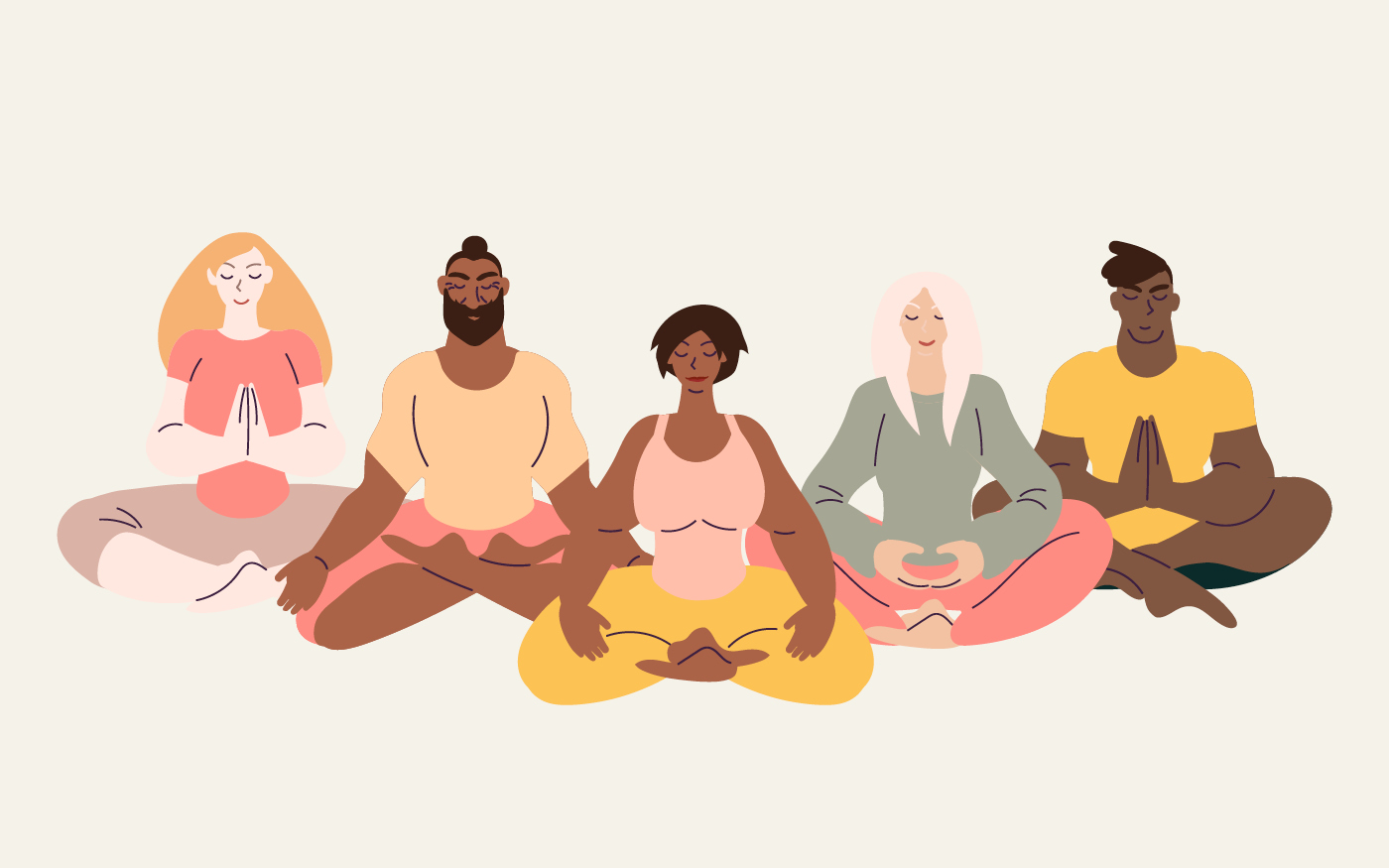The idea of emotional awareness can seem almost mundane. Most of us recognize the benefits of being conscious of our emotions on some level. Yet, being skillful with our emotions isn’t just about recognizing when we feel happy, angry, or sad. Awareness means noticing all of our emotions, and then making active choices about whether we need to take action or whether it’s best to leave things alone.
As with body sensations, being mindful of emotions creates practical awareness of something that profoundly impacts our lives. It’s not a cliché that bottling up emotions creates internal pressure, much like shaking a bottle of carbonated soda. And it’s not a platitude that simply describing and labeling how we feel can decrease the hold some emotions have over us. But those ideas only scratch the surface. Without greater awareness, unattended emotions may steer us away from longer term happiness and well-being.
Seeing Emotion as It Really Is
All emotions have a reason to exist, a point made resoundingly well in the hit movie Inside Out. There’s no point suppressing how we feel or being annoyed at anything in particular. Joy is great, but anger, sadness, fear, disgust—they all play a role and give us an opportunity to peek inside our minds. A negative emotion shows up to signal that something needs addressing. I’m sad because I’m grieving and need my friends. I’m fearful because this project is a challenge and I need to spend more time on it. Recognizing emotions and what they reflect in our lives has value in and of itself in keeping us on the right path for ourselves.
But not every mood shows up because of real life experience. We all have ups and downs. Moods can be fleeting. Some arrive driven by our own inner chemistry. Yet we often reach for outside causes to these haphazard states of mind. We attribute a mental downturn to our work, our partner, or some other external experience—someone or something must be responsible. Needing comfort, we accidentally push aside people who might provide it. I haven’t asked and I’ve been prickly like a cactus to him, but still, if he really cared he’d come sit with me. In our minds, someone has become part of the problem and then our behavior leads them to confirm our fears.
Sometimes our mood is just our mood. We may seek solace in a reactive habit, such as withdrawing from or lashing out at people; either can be useful when done intentionally, not so much when reflexive and without forethought. They often offer temporary relief without fixing an underlying cause, particularly when there isn’t a fixable one to begin with. We can also fixate on keeping everything the same, such as getting caught up in the end to an idyllic vacation while still on the beach.
Sometimes there’s nothing more to notice but how we’re feeling and, for a stretch, let life be. I’m rattled and there’s nothing useful to do about it at the moment. A mood showed up and will leave of its own accord, awful or as wonderful as it feels, and the healthiest thing for us to do or think about it may be nothing at all.
You Can’t Change What You Can’t See: How Thoughts and Emotions Interact
When we fail to pay attention to emotion, we tend to skew how we perceive the world, which magnifies unpleasantness even further. When angry, we are more likely to see others as angry. When sad or anxious or whatever else, those states affect our perceptions. Our emotions then change how we think, and those thoughts in turn undermine our emotions again. Both thoughts and emotions affect how we physically feel, which in and of itself influences our emotional state. That cycle continues unabated if we don’t take effort to steer it somewhere healthier.
When we build awareness, we notice our emotions more clearly and with less resistance. We recognize our mental habits and actively choose to leave things alone for a moment instead.
Negative feelings in particular, more than the good ones, grab our attention and won’t let go. They trigger patterns that pull us further into mental rabbit holes. Oh no, here I go again, I’m not capable of taking caring of myself, or similar ideas exacerbate already challenging states of mind. What was going to be a short downturn becomes a crisis because of a mental cyclone triggered by fear, remorse, and self-doubt. That mental storm swamps us, and we end up avoiding activities, people, and even ways of thinking we have at our disposal that would otherwise help us feel better.
When we build awareness, such as through the practice of mindfulness, we notice our emotions more clearly and with less resistance. We recognize our mental habits and actively choose to leave things alone for a moment instead. I’m in a bad mood, it’s not my fault or anyone else’s, and it will pass. Whatever our urge—to ignore emotion or to react to it—we work on something new. If something useful and healthy can relieve an intense emotion, we go for it… and for much of the rest we can observe, seek comfort when we can, and then define the next solid step forward on a stressful day.
Mindfulness Practice: Emotional Awareness
Awareness of emotions starts with just that—paying attention more often to how we feel. From there, slowly and over time, we can set new intentions for ourselves. For the next few days, aim to*:
- Recognize emotions more often as they arise. Label briefly, if you like, whatever emotion you notice.
- Refrain, for a moment, from doing whatever you typically do with that emotion. Pause, take a few breaths, and let things alone before taking a next step.
- Relax if you can, letting go of any sense of constriction or tension the emotion causes you. If you see something useful to be done about how you feel—go for it. If not, practice letting things be, instead of falling back on reactive, less productive habits.
- Resolve to keep working on emotional awareness and reactivity. Old habits change slowly, not all at once.








